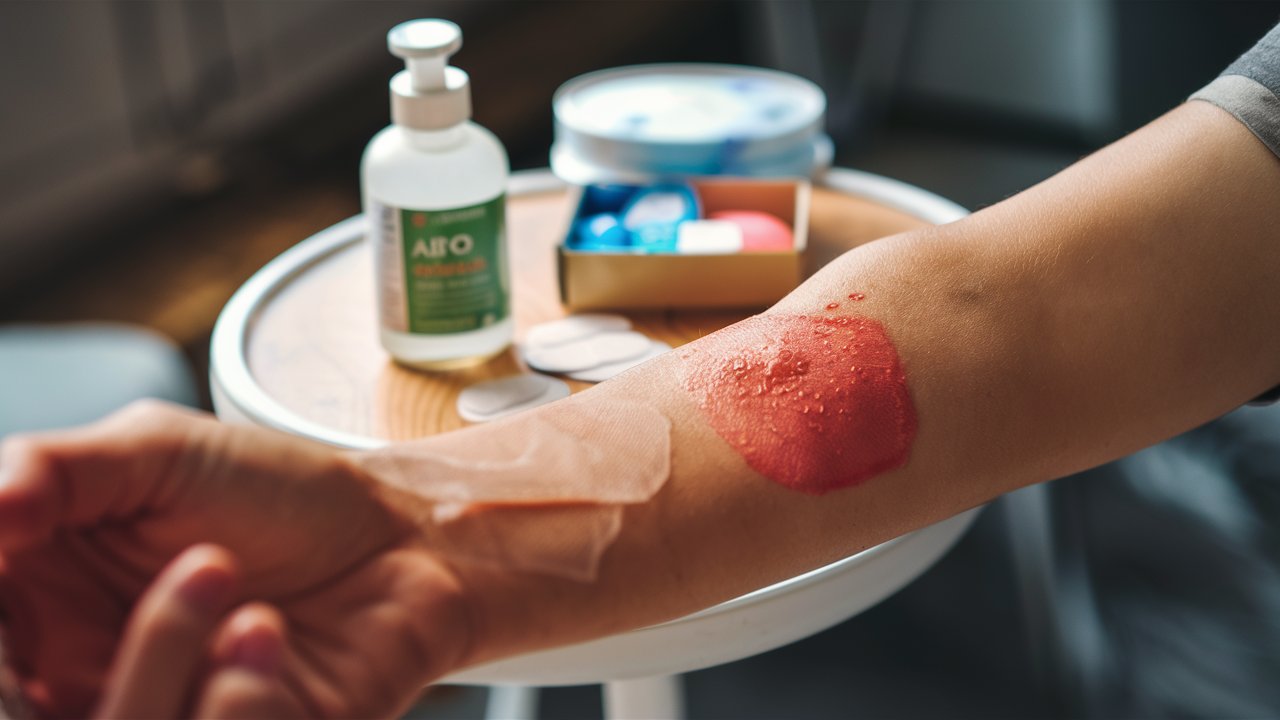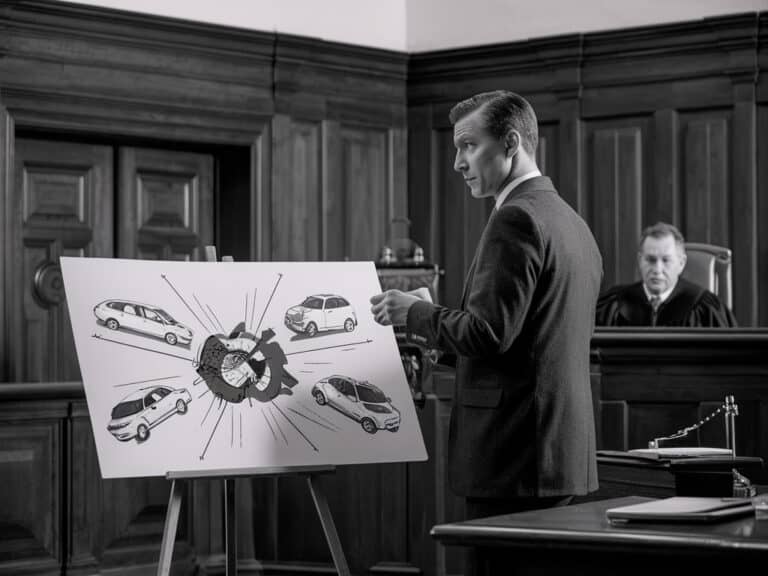Got yourself a mild sunburn or brushed against something hot? Chances are, you’re dealing with a 1st degree burn. This type of burn only affects the outer layer of your skin, making it one of the most common yet easily treatable injuries at home. But before you start slathering on any cream from your medicine cabinet, let’s get clear on what works best for healing and soothing that tender area.
While 1st degree burns may not require medical attention, proper care is essential for optimal healing and pain relief. One of the first steps in treating a first-degree burn is to cool the affected area with cold water or a cool compress to help alleviate pain and reduce inflammation. Avoid using ice directly on the burn as it can further damage the skin. Once the area is cooled, applying aloe vera gel or an over-the-counter burn cream can help soothe the skin and promote healing. It’s important to keep the burn clean and dry to prevent infection, and covering it with a sterile bandage can provide protection while it heals. With the right care, first-degree burns typically heal within a few days to a week, leaving minimal scarring.
Table Of Contents:
- What Is a First-Degree Burn?
- Symptoms of First-Degree Burns
- Common Causes of First-Degree Burns
- Treating First-Degree Burns at Home
- When to Seek Medical Attention for First-Degree Burns
- Preventing First-Degree Burns
- What to Do If You Are the Victim of a Burn Injury Caused by Someone Else’s Negligence
What Is a First-Degree Burn?
First-degree burns are the most common and least severe type of burn. They’re superficial, only affecting the outer layer of your skin (epidermis).
The burn site is red, painful, dry, and with no blisters. Mild sunburn is a classic example. You might experience some skin wound or skin damage, but it’s usually minor and rarely leads to any long-term issues.
First-degree burns can cause your skin to turn red and feel hot to the touch. You may notice some swelling too, but again, it’s generally pretty mild.
Symptoms of First-Degree Burns
So how can you tell if you’re dealing with a first-degree burn? Here are the telltale signs:
- Red, dry skin at the burn site.
- Pain or sensitivity to touch.
- Mild swelling.
- Skin that’s warm or hot to the touch.
- Peeling skin as the burn heals.
The pain from a first-degree burn usually subsides within a day or two. And any blisters that form tend to be small and shallow.
Common Causes of First-Degree Burns
You’d be surprised how easy it is to get a first-degree burn. Some of the most common culprits include:
- Scalding from hot liquids.
- Touching a hot stove or open flame.
- Spending too much time in the sun or a tanning bed.
- Exposure to harsh chemicals.
- Radiation burns from certain cancer treatments.
Kids and older adults have thinner, more sensitive skin, so they’re especially prone to these types of burns. But really, they can happen to anyone if you’re not careful.
Treating First-Degree Burns at Home
The good news is that most first-degree burns can be treated at home. Just remember the four “C’s”:
1. Cool the Burn
Run cool (not cold) water over the burn for about 5 minutes. You could also apply a clean, cool, wet compresses. This helps pull the heat away from your skin.
2. Apply Moisturizer
Once the skin has cooled, apply a gentle moisturizing lotion or aloe vera gel. Avoid butter or oils, which can trap heat. Petroleum jelly works well to keep the skin moist as it heals.
3. Protect the Burn
Loosely wrap the burn in a sterile gauze bandage. This keeps air off the burn, reduces pain and protects the skin.
4. Manage Pain
Take an over-the-counter pain reliever like ibuprofen or acetaminophen if needed. Applying aloe vera a few times daily can also be soothing.

When to Seek Medical Attention for First-Degree Burns
Most of the time, first-degree burns heal just fine on their own. But there are some cases where you should seek medical care or burn centers:
- The burn covers a large area of your body.
- The burn is on your face, hands, feet, or a major joint.
- You develop signs of infection like increased pain, redness, swelling or oozing.
- The burn doesn’t heal within 2 weeks.
Kids, older adults, and people with weakened immune systems should be extra cautious. When in doubt, it’s always best to get checked out by a doctor.
Preventing First-Degree Burns
You know what they say – an ounce of prevention is worth a pound of cure. To avoid first-degree burns:
- Always test the temperature of bath water, especially for young children.
- Use oven mitts when cooking or grilling.
- Cover electrical outlets and keep cords out of reach.
- Apply sunscreen with at least SPF 30 before going outside.
- Avoid prolonged exposure to hot surfaces or open flames.
Honestly, just a pinch of common sense can save you from the sting of burns and keep your skin happy and healthy.
What to Do If You Are the Victim of a Burn Injury Caused by Someone Else’s Negligence
Burn injuries can happen anywhere – at work, in a car accident, or even at a restaurant if a server spills hot coffee on you. If your burn was caused by someone else’s carelessness, you might have grounds for a legal case.
First, seek medical attention right away. Burns can lead to serious complications if not properly treated. Don’t forget to jot down any injuries you get and make a list of all your medical bills and other expenses.
First-degree burns are minor burn but need care. Cool the burn, apply moisturizer, protect and manage pain at home. Seek a doctor if it’s severe burns or doesn’t heal. To avoid them, use common sense like testing water temperature and wearing sunscreen.
Get a Help from a Burn Injury Attorney
Considering hiring a burn injury attorney? It’s crucial to secure rightful compensation after an accident. Insurance companies may contact you, but avoid discussing settlements alone. Some may feign support but aim to question your injuries later. Beware of low-ball settlement offers, often insufficient for future medical needs. At Pinder Plotkin, we conduct independent investigations to ensure all liable parties are held accountable and fight for your rightful compensation.
FAQs in Relation to 1St Degree Burn
What is a 1st, 2nd, and 3rd degree burn?
A first-degree burn affects only the top skin layer. Second-degree burns go deeper, causing blisters on the skin. Third-degree burns damage all skin layers and often require medical intervention.
What does a 1st degree burn look like?
A first-degree burn, often resulting from mild sunburn, makes your skin red but does not cause blisters. The skin might peel as it heals.
Is a first-degree burn really painful?
Yes, first-degree burns can be painful because they irritate nerve endings in your top skin layer.
What does a 2nd degree burn look like?
A second-degree burn causes blisters and can make your skin appear splotchy or significantly swollen.
Conclusion
So there we have it – navigating through the journey of treating a 1st degree burn doesn’t have to be daunting. Just remember, even though these burns might look scary, they’re pretty shallow and just need a bit of tender love and care. From cooling down the affected area promptly to keeping it moisturized and protected, each step plays its part in helping your skin bounce back healthier than ever.
The road to recovery might seem straightforward but pay attention; every little detail counts towards achieving that smooth healing process without leaving scars behind. It’s not just about getting better; it’s about giving our bodies the respect and care they deserve after an oops moment with heat.
Treating a first degree burn effectively is within reach when armed with knowledge and patience—let this experience remind us all of resilience in face (or arm) adversity!





